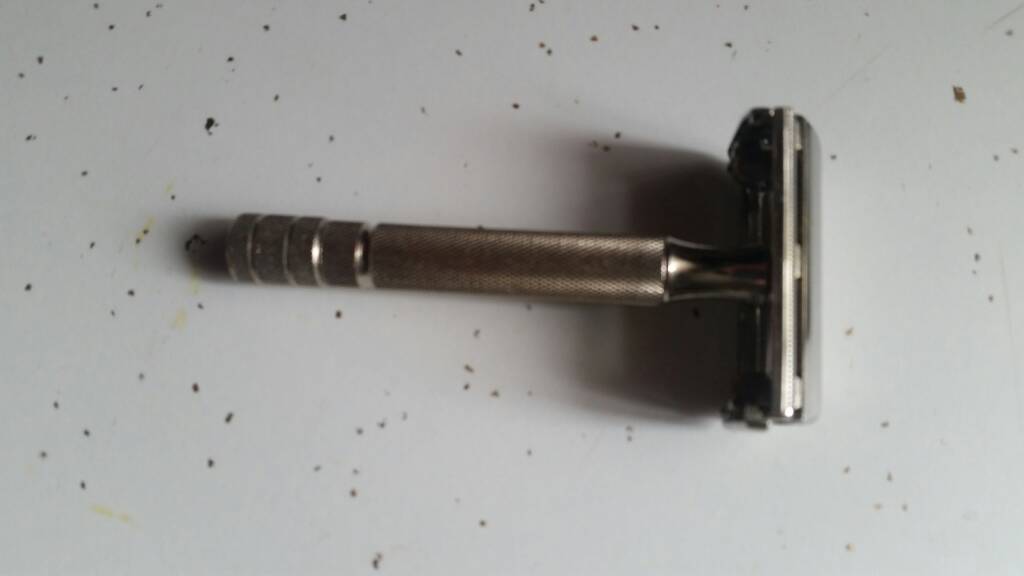- Thread starter
- #41
Allen and Adam; It is Monday, so in honor of that, I did indulge using my 1955 A2 Blue Tip Super Speed. Nothing fancy-Neutrogena Shave Cream for Sensitive Skin, followed by their Aftershave Baum for Sensitive Skin. I am reminded just how forgiving a Blue tip is-predictable and consistent. Too bad it is often mistaken as a less desirable option among other Super Speed razors.
Adam; The Red Tip was my third in line as far as acquiring the various mainstream Super Speed razors is concerned. It is of course more aggressive, and carries some heft and girth. Quite a different experience in comparison the Blue Tip. It is my sentimental favorite. God Bless! Tony Brown RN mgbbrown
Adam; The Red Tip was my third in line as far as acquiring the various mainstream Super Speed razors is concerned. It is of course more aggressive, and carries some heft and girth. Quite a different experience in comparison the Blue Tip. It is my sentimental favorite. God Bless! Tony Brown RN mgbbrown




















